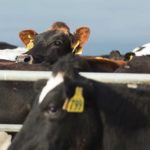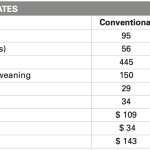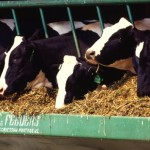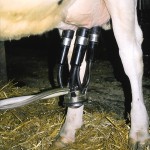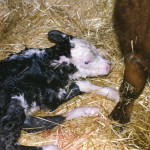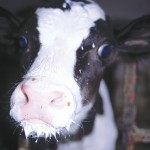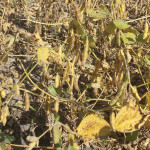Wellington | Reuters — New Zealand farm company Landcorp said Monday it would ban its farmers from using palm kernel expeller (PKE), a feed supplement used for cows that environmentalists have linked to rainforest destruction. The state-owned company, which runs 140 farms, said it would end the use of the feed by June 2017 to […] Read more



